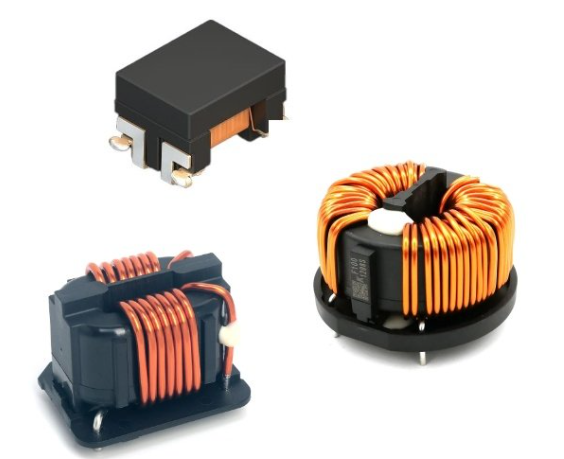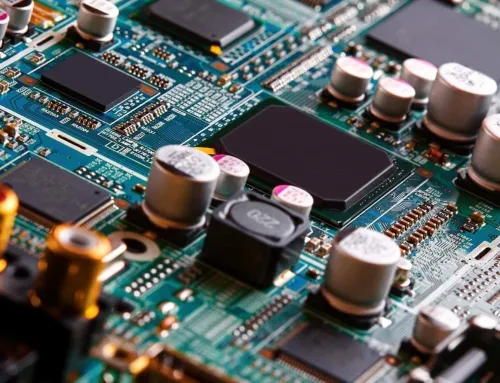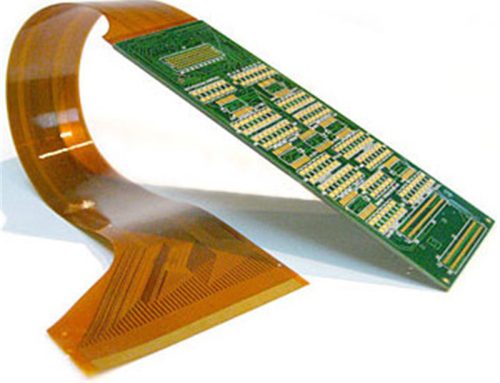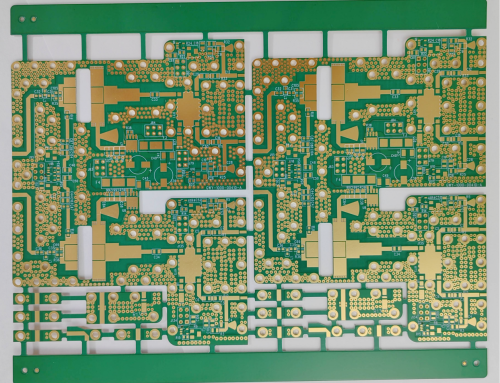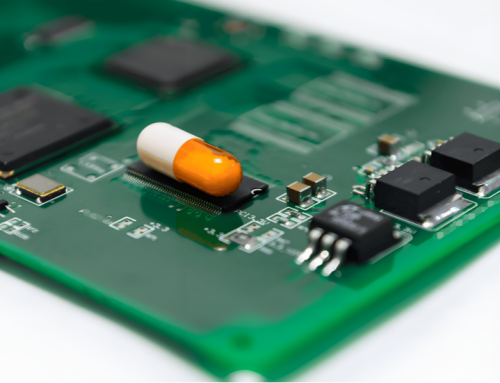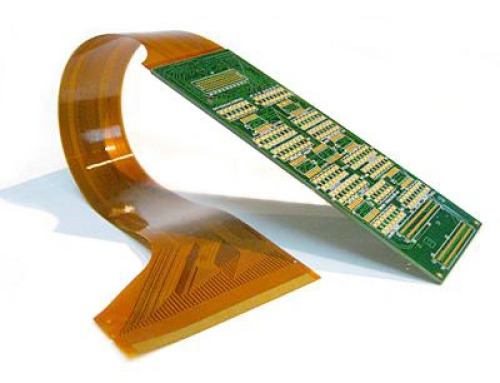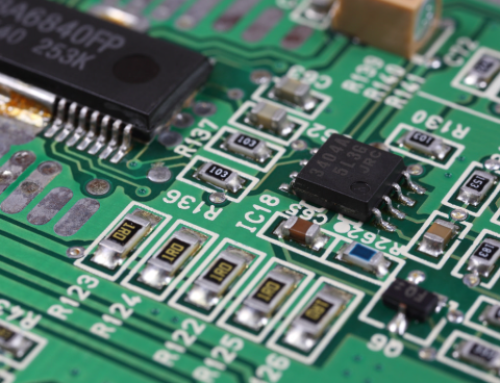A Complete Guide to the Filters
Table of Conent
Table of Conent
Filters are circuits composed of capacitors, inductors, resistors, and other components that purify signals by selectively transmitting or suppressing specific frequency signals.
1. Filters Overview

A filter is an electronic circuit or device used for signal processing. Its core function is to improve signal quality by selectively allowing specific frequency components to pass through while suppressing or attenuating other frequency components. Its application scenarios include communication systems, power management, audio processing, and RF front-end.
2. What are the Types of Filters?
1) Classification by Frequency Characteristics
Low-pass filter (LPF): allows signals below the cutoff frequency to pass through, suppresses high-frequency noise, and is often used for power supply ripple smoothing.
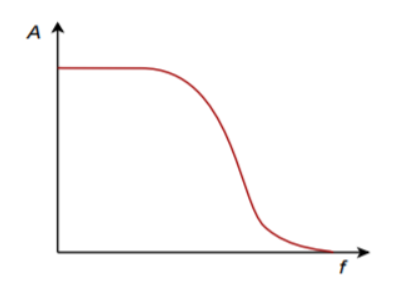
High-pass filter (HPF): allows signals above the cutoff frequency to pass through, and removes low-frequency interference (such as DC offset).
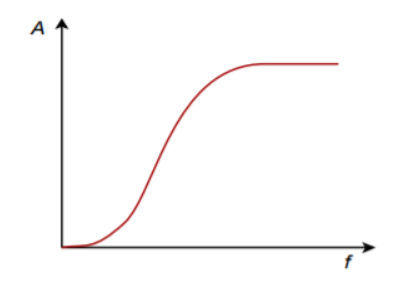
Band-pass filter (BPF): only allows signals in a specific frequency band to pass through, and is used for signal frequency division in communication systems.
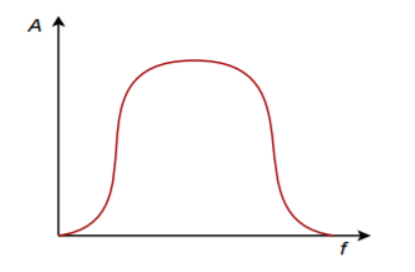
Band-stop filter (BSF): suppresses signals in a specific frequency band (such as ground reflection interference in radar systems).
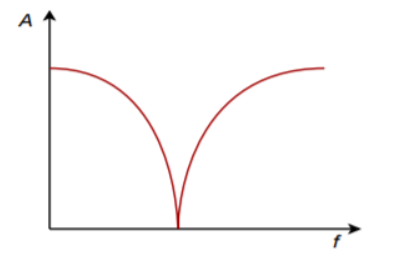
2) Classification by Implementation Method
Passive filter: composed of passive components such as resistors, capacitors, and inductors, with low cost, but performance limited by component parameters.
Active filter: combined with active components such as operational amplifiers, with high gain and strong stability.
Digital filter: processes discrete signals through algorithms (such as FIR and IIR filters) with high flexibility.
3) Special Types
RF filter: used in wireless communication equipment (such as mobile phones and base stations) to solve the problem of interference between frequency bands. Typical types include surface acoustic wave filters (SAW) and bulk acoustic wave filters (BAW).
3. What are the Key Performance Parameters of Filters?
Center frequency: the reference frequency of the filter passband (such as the midpoint frequency of the bandpass filter).
Bandwidth: the frequency range allowed to pass.
Q value (quality factor): the core indicator for measuring frequency selectivity. The higher the Q value, the stronger the frequency selectivity of the filter.
Insertion loss: the power loss when the signal passes through the filter, which needs to be reduced as much as possible.
4. Where are Filters Used For?
1) Communication System
Transmitter: located behind the power amplifier (PA) to filter out harmonic interference.
Receiver: located in front of the low noise amplifier (LNA) to suppress out-of-band noise.
2) Power Management
Filter out ripple and noise in the power supply voltage and provide stable DC output.
3) Biomedicine and Image Processing
A high-pass filter enhances image edge details, and a band-stop filter removes interference in specific frequency bands.
5. What are the Advantages and Disadvantages of Digital Filters?
1) Advantages of Digital Filters
High Precision and Stability
Digital filters are based on digital operations and are not affected by analog component errors. They have high precision and environmental interference resistance. Their filtering characteristics are stable and will not drift due to temperature, device aging, and other factors during long-term use.
Flexible and Adjustable
Filter parameters (such as cutoff frequency, order, etc.) can be quickly adjusted through software programming without modifying the hardware circuit. Supports a variety of filtering algorithms (such as FIR, IIR) and complex functions (such as adaptive filtering).
Strong Anti-Interference Ability
Digital signal processing can suppress noise and interference through algorithms and is particularly suitable for separating target components from aliased signals.
Diverse Applicable Scenarios
Low-frequency and narrow-band signals can be processed, and special functions that are difficult to accomplish with analog filters (such as linear phase characteristics and steep cutoff characteristics) can be realized.
Higher Design Freedom
Supports frequency domain and time domain processing, which can not only restore signal waveforms (such as denoising and smoothing), but also separate frequency domain conflicting signals (such as multi-band separation in speech processing).
2) Disadvantages of Digital Filters
Processing Delay
Digital filters need to complete sampling, calculation, and other steps, resulting in processing delays and making it difficult to meet scenarios with extremely high real-time requirements (such as high-speed communication systems).
High Computing Resource Requirements
High-order filters (such as high-order FIR) require a lot of computing resources, which may exceed the carrying capacity of low-performance processors.
High Design Complexity
Some advanced algorithms (such as IIR filters) need to solve stability problems, and the design and debugging complexity is relatively high.
Hardware Dependency
Depending on dedicated digital processors (such as DSP) or microcontrollers, the hardware cost may be higher than that of simple analog filters.
Parameter Sensitivity Issues
If the parameters are set improperly (such as insufficient sampling frequency or too high order), it may cause signal distortion or reduced computing efficiency.
6. How to Choose Filters?
Application Scenario Requirements: Base station filters require high power capacity and stability, and mobile phone filters require miniaturization and low cost.
Environmental Interference Type: Select low-pass, high-pass, or band-stop type according to the noise frequency band.
Integration Process: SMT (surface mount technology) is suitable for miniaturized RF filter design.
7. Typical Brands for Filters
SCHURTER
MOLEX
TDK
Murata
Xilinx
TI
And so on…
8. Filters FAQs
9. Summary
Filters can effectively optimize signal integrity and improve the anti-interference ability and performance of electronic systems. With the popularization of high-frequency communications (such as 5G/6G) and Internet of Things technologies, filters tend to be high-frequency, integrated, and low-loss. The application of new materials (such as gallium nitride and high-temperature superconductors) and processes (such as MEMS technology) will further promote performance improvements.
Latest Blog
Contact Info
Phone: +86-755-82882936
Email: [email protected]
WhatsApp: +86-13570802455
Wechat: +86-13570802455
Address: 2nd floor,D Bldg.,Electric Link Technology Bldg.,Gongming,Guangming New Dist.,518106 Shenzhen, China

